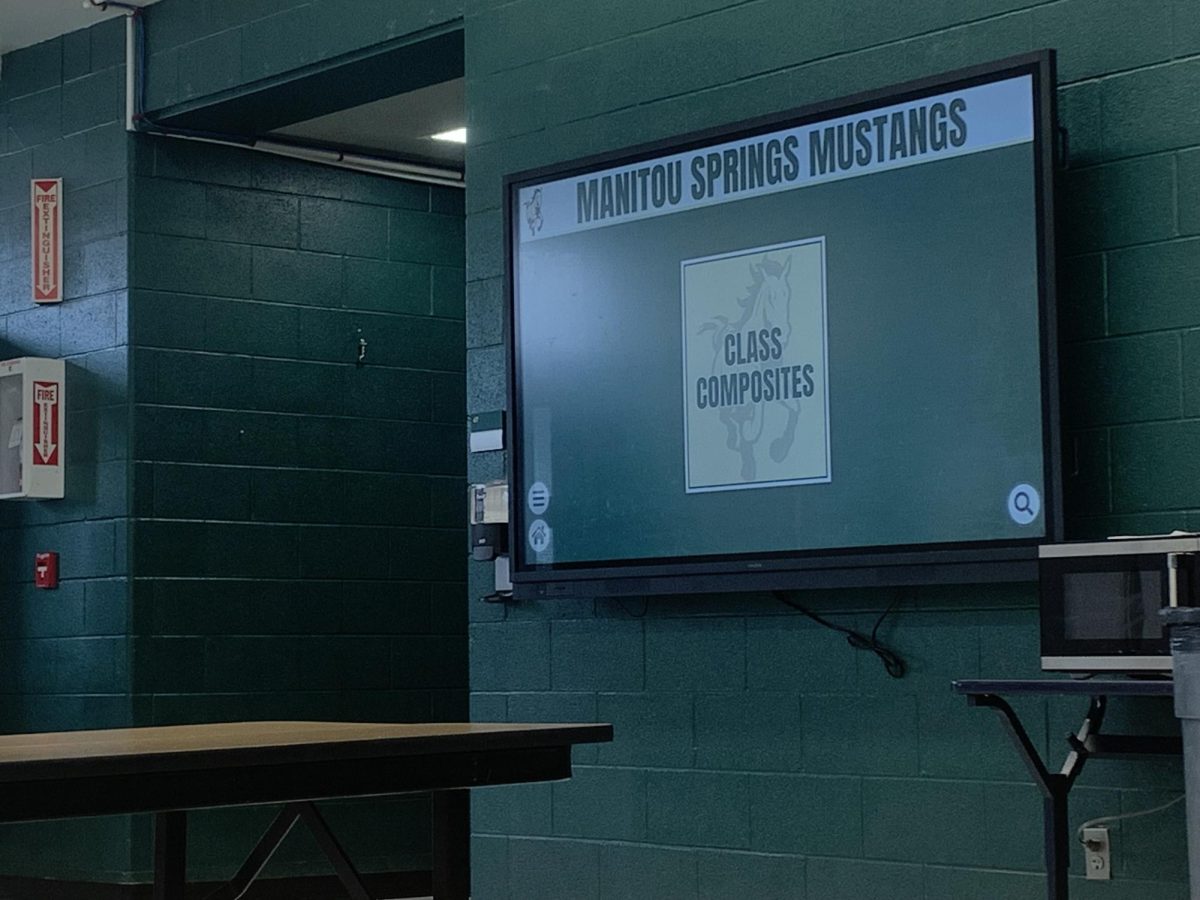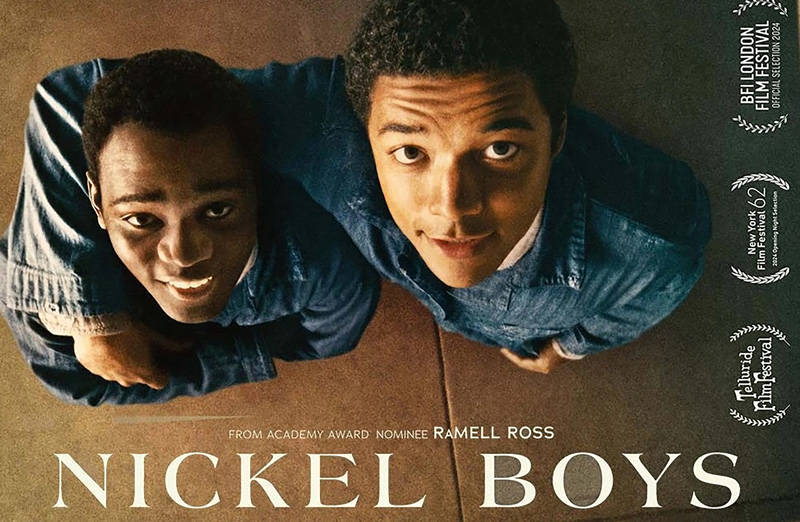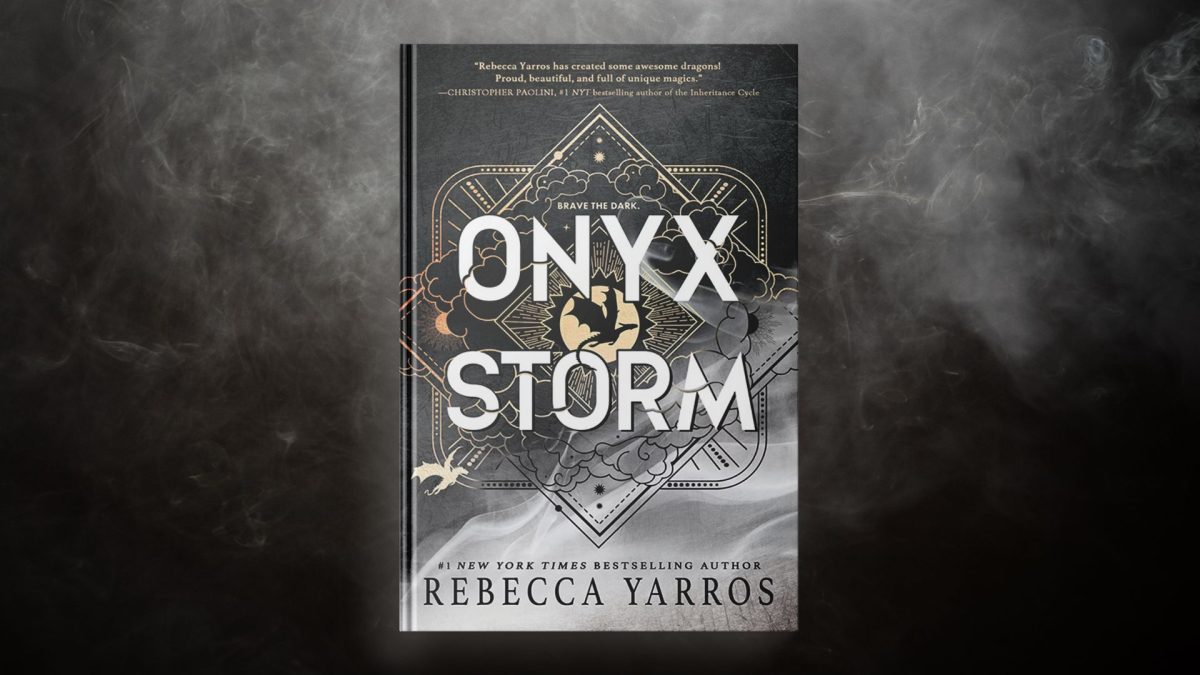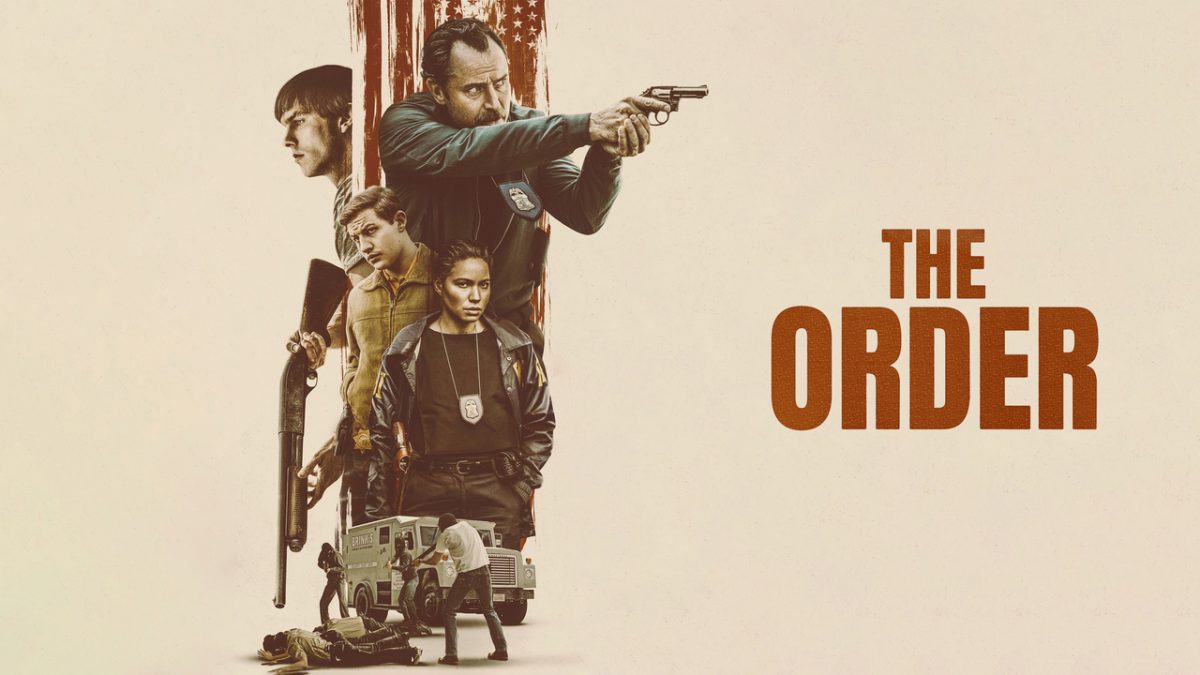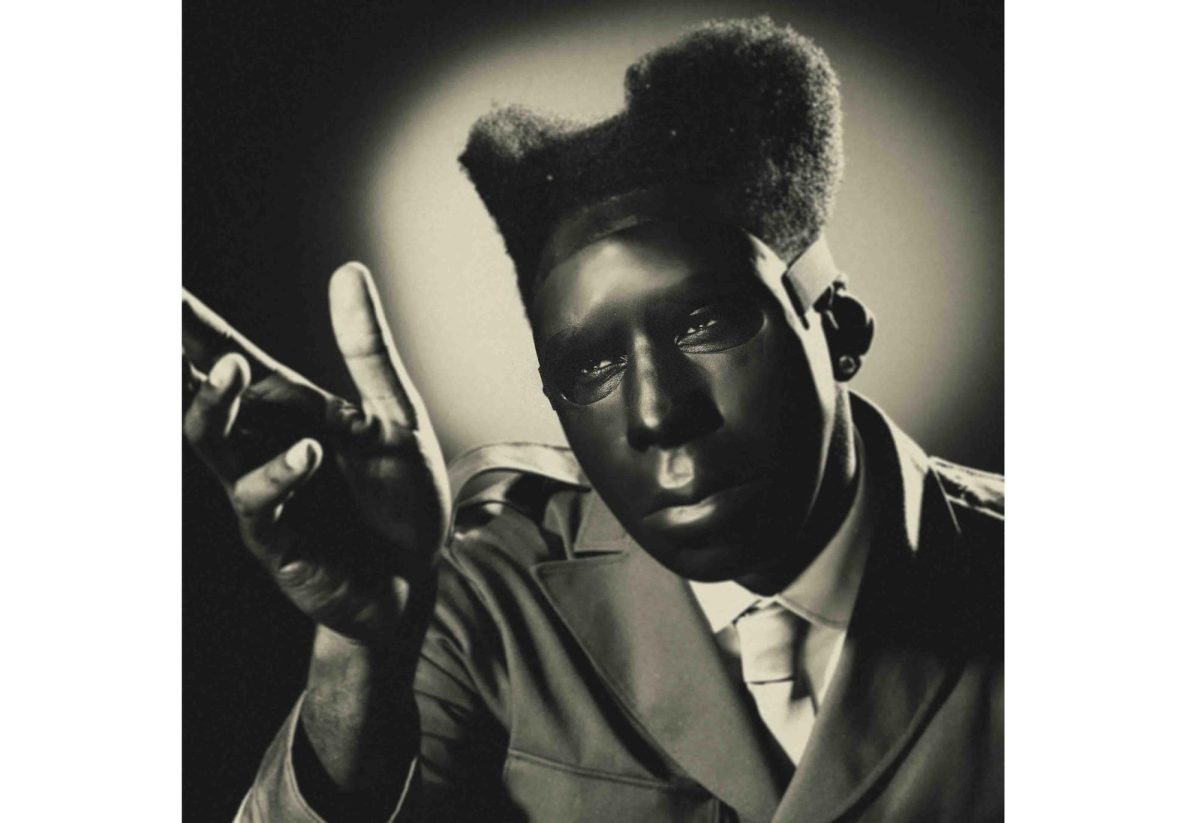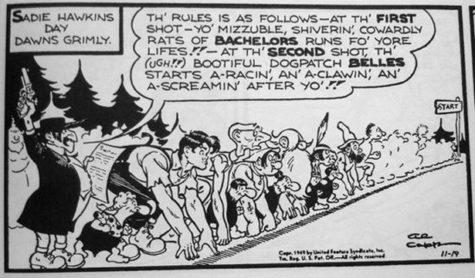Review: “Star Trek Beyond” Proves Successful through New Adaptations
September 16, 2016
Originally appearing as comic books in 1967, the Star Trek franchise has been adapted as books, video games, television series, and movies. The latest installment of these is “Star Trek Beyond”. Since its initial release on Jul. 7, the film has grossed $318.1 million internationally. “Star Trek Beyond” is the third film in the franchise’s reboot series. The film was dedicated to Leonard Nemoy, a late member of the original television series’ cast, and Anton Yelchin, a reboot series cast member that died right before the movie’s release. From this motion picture’s introduction to end credits and dedication, the crowds viewing were thrilled, worried, excited and overjoyed.
One of this film’s most remarkable characteristics was its representation. The movie worked to include women, people of color, and LGBTQ+ community members. Women, specifically Zoe Saldana and Sofia Boutella’s characters, were seen holding leadership roles and fighting for their freedom. People of color were seen as villains, heroes, main characters, and extras. A major motivation for John Cho’s character, Hikaru Sulu, was to do well in his position in order to save his male partner and his daughter from impending catastrophe. In fact, past Star Trek series actor, George Takei, and screenwriter and actor, Simon Pegg, debated over Pegg’s decision to include a homosexual character. Not only was the acting well-done and the casting inclusive, but the unseen pieces of production were incredible. From the phenomenal and emotionally moving score to the visually appealing and realistic graphics, audience members were boldly taken where no one man had gone before.
As for plot and content, the film did not fall short. The bar for the franchise has been set pretty high as it is, so the production crew had to keep a lot in mind as they created the film. Many characters had already been portrayed in other mediums, so the key to this movie’s success would be adaptation. While under the watchful eye of the viewing public, those producing the film would have to adapt the characters that they reused according to their own artistic vision while adding things to the film to keep people interested. The flick “Star Trek Beyond,” as well as similar films with extensive franchises like “Star Wars” or “James Bond,” struggled with having such vast backgrounds because people have grown up with these things and they know how they have been so additions to the cast or alterations to the previous storylines could cause chaos and disinterest. This specific film properly balanced the new and the old.
Bringing in aspects of romance, adventure, comedy, suspense and more, “Star Trek Beyond” attracted a diverse audience that left the theater with exceeded expectations. This futuristic flick comically referenced our present as very distant past with a use of “classical music” (i.e. “Sabotage” by the Beastie Boys) near the film’s conclusion. From laughing about Spock’s lack of social cues to worrying about the fate of the USS Enterprise and its crew after a crash landing, viewers were enjoying the cinematic experiences that “Star Trek Beyond” provided.

